
This year, several organizations at once - ESA, SpaceX, Blue Origin and others - promised to launch their heavy rockets. This means that 2020 was supposed to bring us closer to the space era, when flights to the moon will become an ordinary event, and not only robots will go to Mars.
But the coronavirus pandemic interfered with plans, so the launches of Ariane 6, Space Launch System, New Glenn, Vulcan-Centaur are postponed to 2021. Let's see what awaits us if the plans of the aerospace companies are not disrupted again.
H3

Payload: 8 tons to geostationary orbit
Announced launch date: Q1 2021
The H3 rocket is the brainchild of Mitsubishi Heavy Industries. Like the other rockets mentioned in this article, it was supposed to go flying this year . The company wanted the launch to coincide with the start date of the Tokyo Summer Olympics. But the coronavirus pandemic has led to the cancellation of both events. The new deadline is Q1 2021.
The rocket itself, which the Japanese developed, is not heavy. But with four boosters, it can lift 8 tons of payload into geostationary orbit. In addition, the developers are going to improve the design by adding an upgraded second stage. In this case, the carrying capacity of the rocket will increase significantly. H3 will be able to deliver 12 tons, and not to geostationary orbit, but to the lunar orbital gateway platform.
Omega
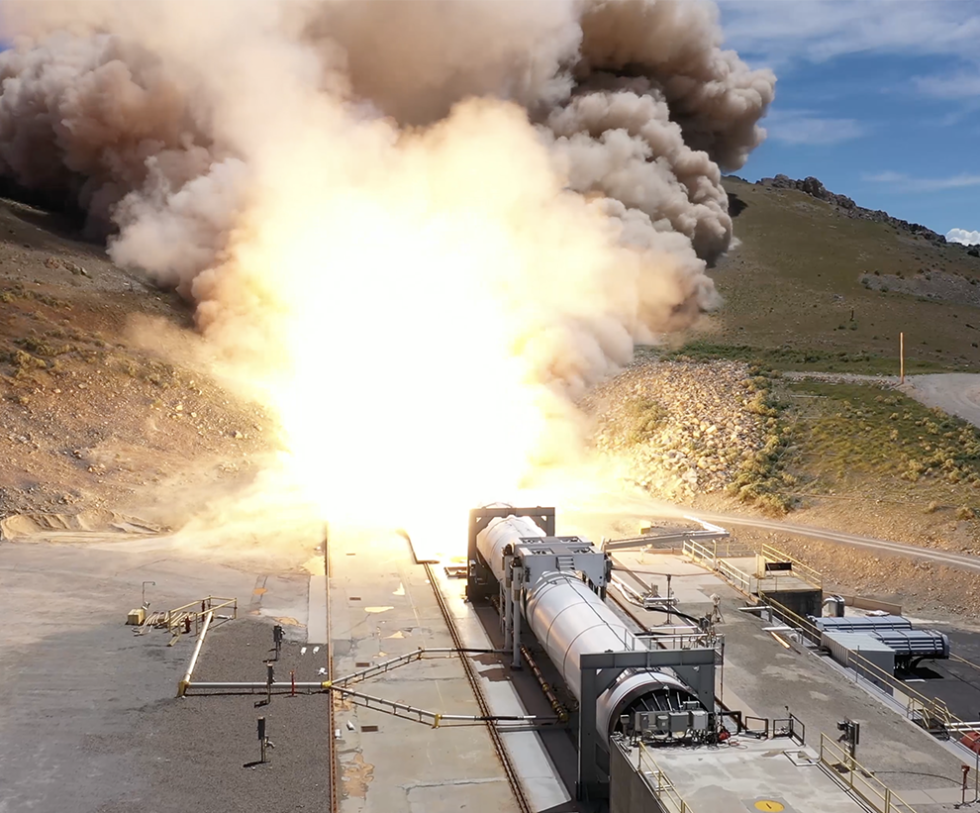
Payload: 5-10 tons to geostationary orbit
Announced launch date: Spring 2021
Northrop Grumman continues to build the Omega solid rocket. As far as we know, it will be used by the US Air Force for launches in the "interests of national security" in 2022-2026.
True, the US Air Force has not yet decided on its choice. Now the department has a choice - either Omega, or a rocket from another developer. What Northrop Grumman will do if the US Air Force chooses a competitor is not yet clear.
Nevertheless, the project is real. At the moment, the rocket cannot be called "heavy", but it will be finalized, increasing the carrying capacity to 5-10 tons. The launch is planned in the spring of 2021, there is already an agreement on the use of LC-39 - a launch complex located on the territory of the Kennedy Space Center.
Ariane 6

Payload: 5-10 tons to geostationary orbit
Announced launch date: 3-4 quarter of 2021
The European Space Agency recently confirmed plans to launch its Ariane 6 rocket. The date had to be postponed to the end of next year. One of the ESA leaders has already stated that “the flight will definitely not take place until the first half of 2021”.
There are several reasons for the postponement of the date, the main one, which is not surprising, is the coronavirus pandemic. The quarantine affected both the suppliers of the components necessary for the rocket and the launch pads (in the case of Ariane 6, this is French Guiana). If the missile tests are successful, then the launch can be expected within the timeframe announced by ESA.
Vulcan-Centaur
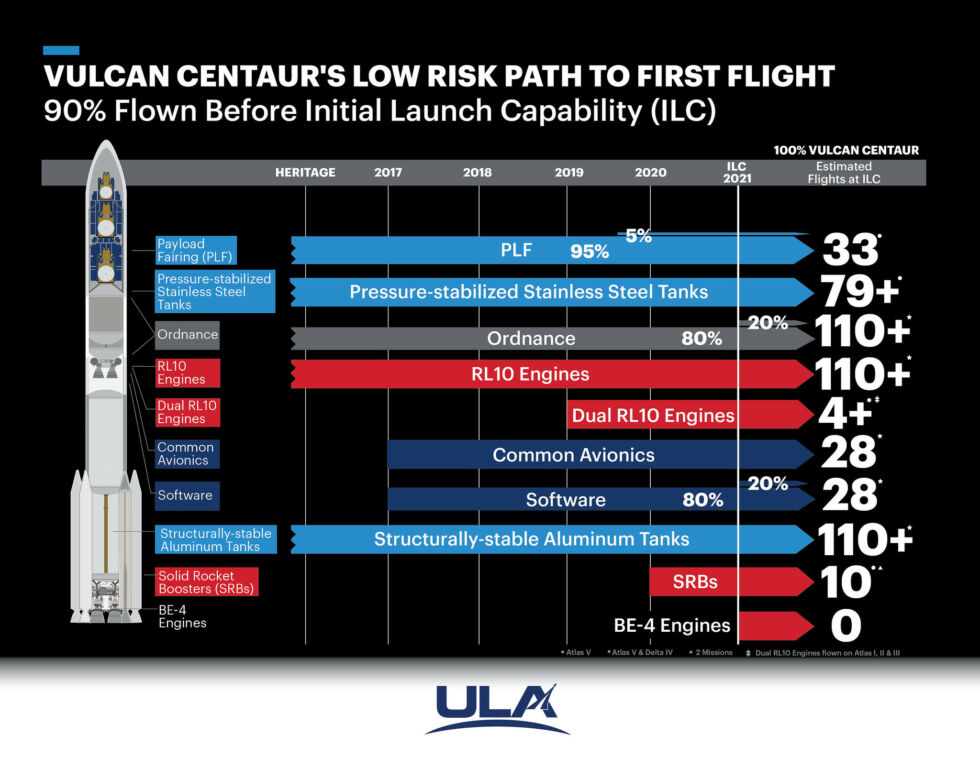
Payload: 14.4 tons to geostationary orbit
Announced launch date: Summer 2021
July 1 United Launch Alliance (ULA), a joint venture between Boeing and Lockheed Martin, announced the imminent receipt of a BE-4 rocket engine. It is being developed by Blue Origin. The engine is a key element of the Vulcan-Centaur rocket. The test version of the engine will be used to conduct a full cycle of tests. If all goes well, the company will make engines for the rocket itself, their designs will be slightly different.
The announced departure date of ULA is quite real, the company is actively working on the implementation of the project. So, if there are no external problems, the deadlines will be met.
Spacex super heavy

Presumable view of SpaceX's Starship in spacewalk. Source: Universe Today
Payload: 21 tons to geostationary orbit
Announced launch date: unknown, presumably 4th quarter of 2021
SpaceX is doing well, too. According to the plan, flight tests of Starship will begin soon, which consists of two elements - the second stage of the Super Heavy, used to enter orbit, and, in fact, a reusable spacecraft. Only Super Heavy, equipped with 31 Raptor engines, is able to send Starship into low-earth orbit.
The second stage and the ship must return to the launch pad even if several engines fail.
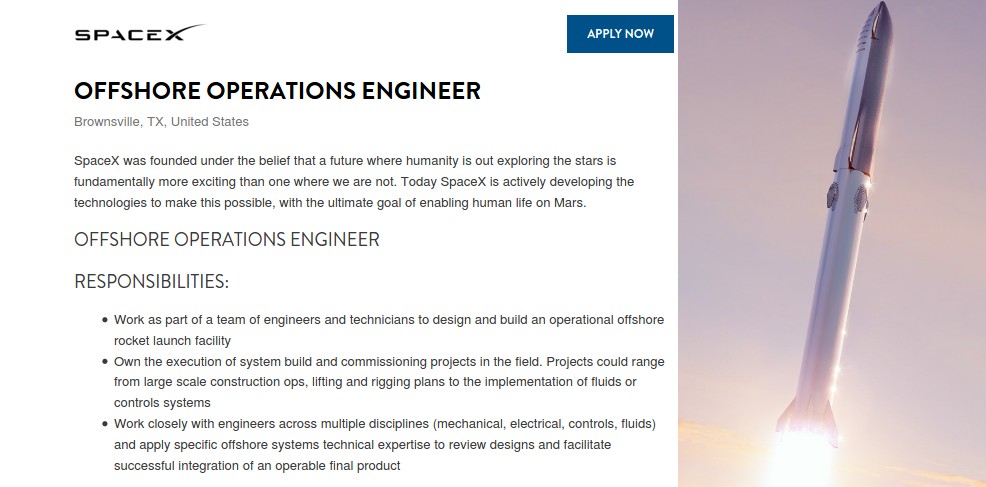
In June, the company launched the process of building floating spaceports for super-heavy rockets. For the first time, Musk spoke about this project in 2017, but the implementation started only now. If anything, SpaceX has posted vacancies for engineers to design and build a marine rocket complex in Brownsville, Texas. This location is a half hour drive from the test site where Starship is being tested.
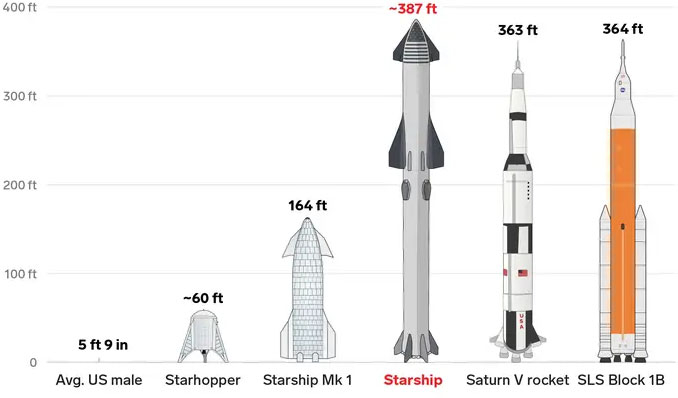
Everything goes to the fact that Starship will be launched around the end of 2021.
Space Launch System
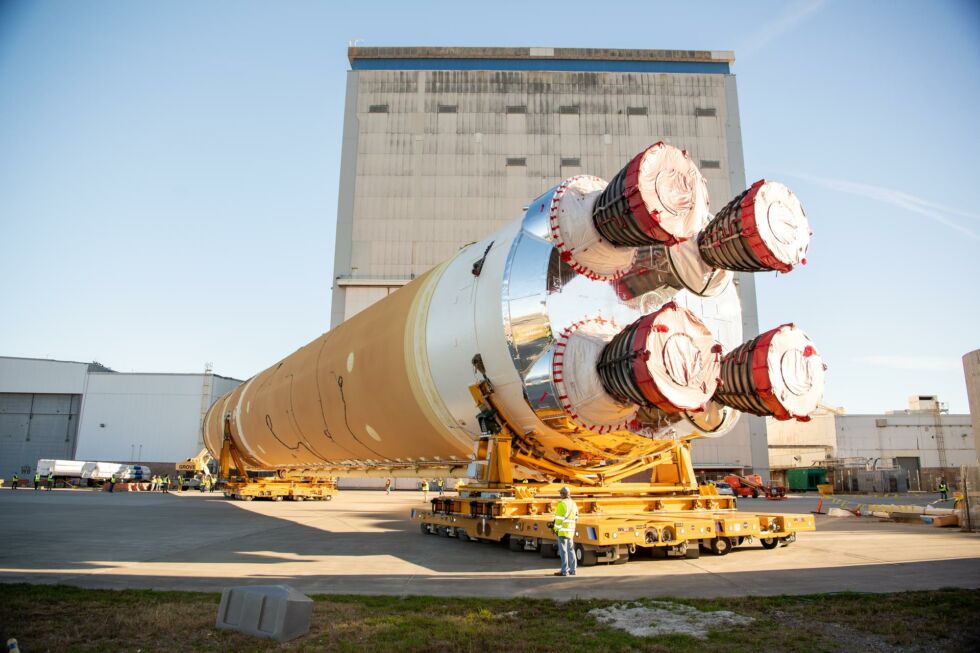
Payload: 20 tons to geostationary orbit
Announced launch date: end of 2021
NASA has been promoting its project to create a super-heavy launch vehicle SLSa for many years. But not everything goes smoothly. The agency originally planned to launch its device 4 years ago, at the end of 2016. At the same time, even the head of NASA cannot give a clear answer to the question of the feasibility of a super-expensive project. The journalists voiced their own version, according to which the agency continues to work on SLS because a lot of money has already been spent. It will be difficult to explain why the rocket, which cost the taxpayers a huge amount, was never built. The situation is aggravated by the fact that there was no special need for this particular rocket.
Be that as it may, the project is gradually moving forward, ahead of NASA and Boeing in a series of critical tests. If all goes well, the final stage will be given the green light and the rocket will be completed.
New glenn
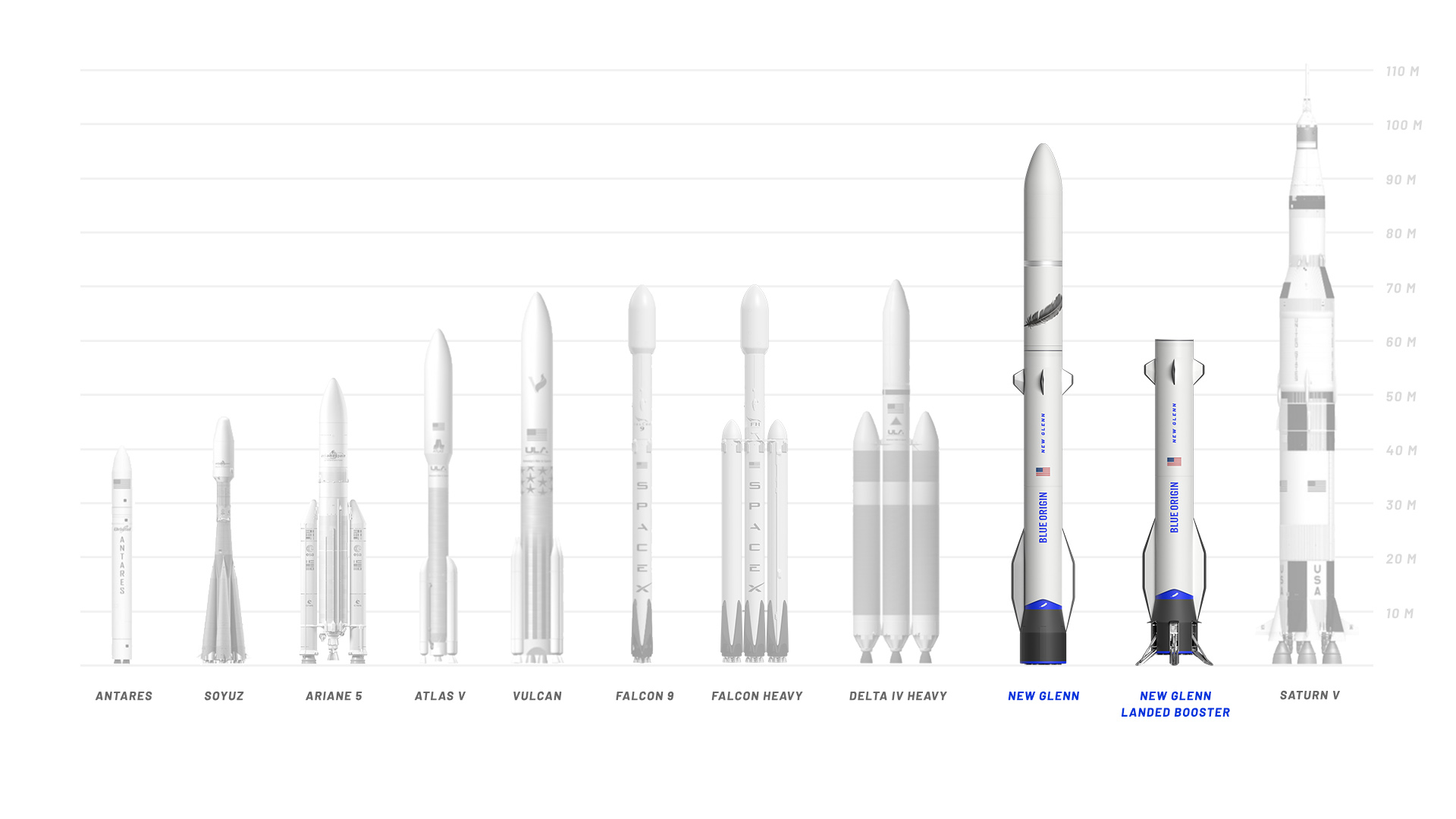
Payload: 13 tons to geostationary orbit
Announced launch date: early 2021
Jeff Bezos's Blue Origin company is developing several projects at once. One of them is the New Glenn heavy rocket. Blue Origin now has its own launch pad with manufacturing facilities on the periphery, a rocket engine factory in Alabama, and a headquarters in Washington.
The company has many opportunities, so it was decided to build a heavy rocket. There is not much information about her. But the development of the BE-4 engine is proceeding quite transparently. It will be installed in the Vulcan-Centaur rocket discussed above. The new rocket will replace Atlas 5, which was powered by Russian-made RD-180 engines.
Apparently, Blue Origin is actively working, so the previously announced launch date, early 2021 , may well turn out to be real.
